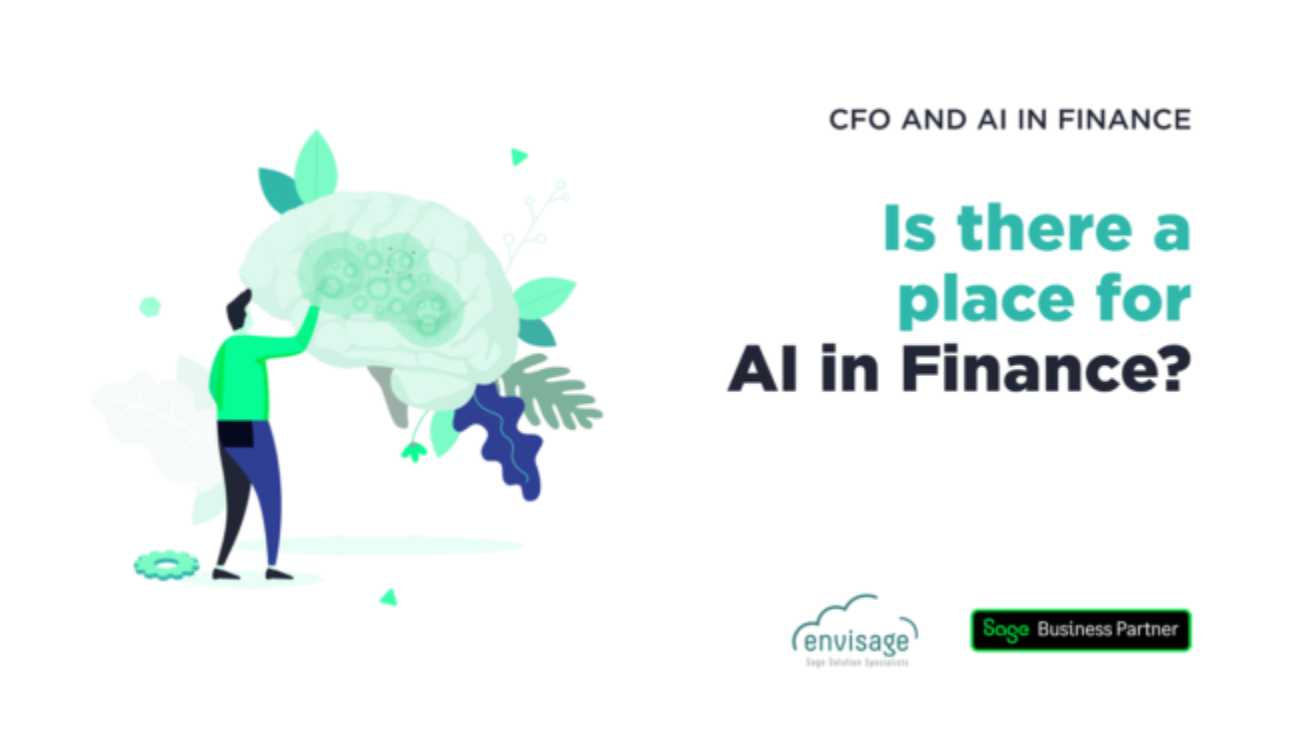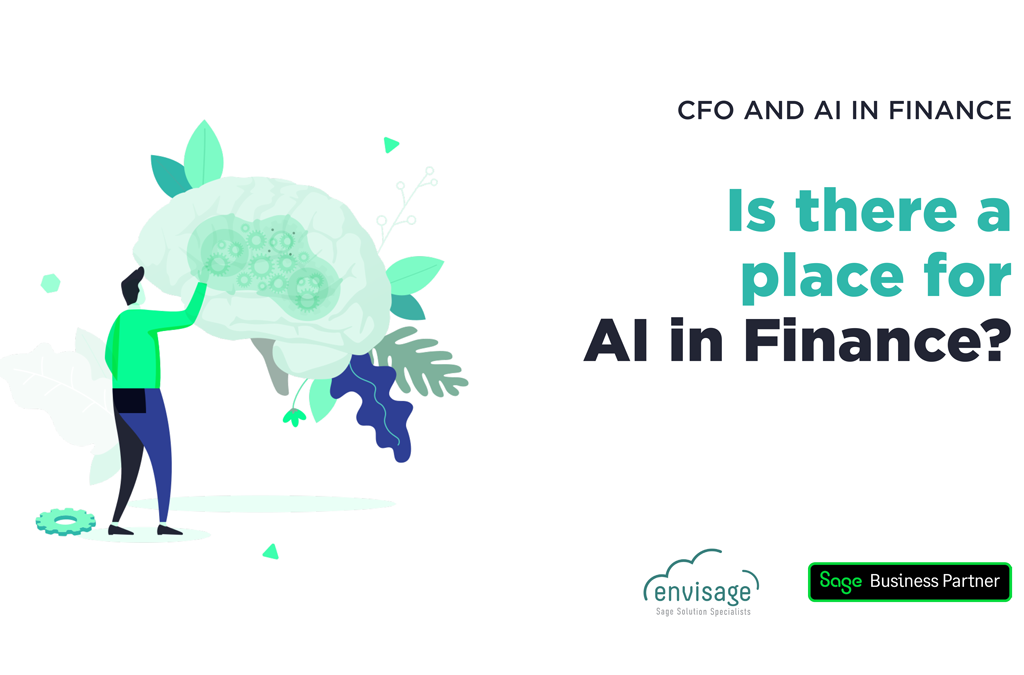
- Finance, Home, Sage Intacct, Services
Accurate planning and budgeting are critical components for the long-term success of any business, regardless of size or industry sector. With advancements in technology, organisations now have the opportunity to move beyond traditional methods of budgeting and embrace more sophisticated tools. Replacing your spreadsheets with Sage Intacct can revolutionise how you budget and plan ahead for the future.
Below we have explored this modern accounting software in more detail, highlighting how it can enhance budgeting capabilities and streamline processes for finance departments.
How Accurate Budgeting Supports Business Success
Budgeting isn’t just an exercise that financial teams undertake at the beginning of the fiscal year, it’s an ongoing activity that’s the backbone of decision-making and financial management. Accurate budgeting allows organisations to allocate resources where they are most needed, which can boost efficiency and drive growth.
Some of the key benefits of precise budgeting include:
Strategic Alignment – Accurate budgeting aligns financial resources with organisational goals, ensuring that every euro spent contributes to achieving the strategic vision.
Risk Management – Predicting revenue and costs allows companies to set aside a contingency fund, helping mitigate risks and uncertainties in the future.
Cash Flow Optimisation – Well-planned budgets help to maintain optimal cash flow levels, ensuring that a business can meet all its obligations.
Performance Tracking – Comprehensive budgets become a baseline for evaluating actual performance against expected outcomes. This allows for real-time adjustments, supporting the changing needs of a business.
Spreadsheets v Sage Intacct
While spreadsheets have been the go-to tool for budgeting and planning for many years, they come with several challenges. From limited data integration and manual data entry errors to scalability issues, spreadsheets aren’t always the best option for day-to-day budgets.
For businesses looking to enhance their budgeting and planning capabilities, Sage Intacct accounting software is an effective alternative to spreadsheets for many financial tasks. This comprehensive solution can meet all of your financial management needs and reduce your reliance on inflexible, traditional tools like spreadsheets.
Automation
Automation is one of Sage Intacct’s standout features that provides tangible benefits for budgeting and planning. By automating complex or repetitive tasks, you can remove the need for manual data entry, freeing up time to focus on data analysis and strategic planning. Automation can reduce the risk of human error too, ensuring you get the accurate insights you need to drive your business forward. Enhancing the efficiency of your finance teams and increasing the reliability of your data will enable you to deliver financial insights much easier.
Real-Time Data
In today’s fast-paced business world, real-time data access is crucial for making informed decisions. Sage Intacct offers real-time insights to a wide range of departments, allowing collaboration across the entire organisation. This efficient accounting software enables you to make timely adjustments to your budget and strategy too. You can see the whole financial picture, so you can act quickly to seize opportunities or mitigate problems as they arise. This gives you a competitive edge in a saturated industry.
Scalability
Scalability is a significant factor to consider whenever you’re selecting a budgeting and planning tool for your business. Sage Intacct financial management software is designed to scale with your business, ensuring you don’t outgrow the software or need to make constant adjustments to fit your needs. With multi-currency reporting and additional functionality available, it’s a long-term solution that will serve you well regardless of what the future holds. Not to mention, Sage Intacct integrates with a variety of other applications too.
Customisation
Sage Intacct offers robust customisation features that allow you to tailor the software to meet your specific business needs. Whether you’re operating a small start-up, a large enterprise or a growing business, you can configure Sage Intacct to align perfectly with your budgeting and planning requirements. This level of customisation provides a more user-friendly experience, ensuring that the tool serves as an extension of your financial team. With features like rolling forecasts and what-if scenario modelling, you can use what’s most beneficial to you.
Cloud-Based
One of the most compelling features of Sage Intacct accounting software is that it’s cloud-based, offering unparalleled flexibility and accessibility. Regardless of your location, cloud accounting solutions allow you to access your financial data anytime. This level of convenience enables your team to collaborate more effectively and streamlines the decision-making process. You will be able to adjust your budget and planning strategies as and when needed, without being tied to a specific physical location.
Straightforward Use
One critical factor when choosing a budgeting and planning solution is the ease in which it can be set up and used by finance departments. Sage Intacct offers an intuitive point-and-click setup, allowing your financial team to be up and running in no time. The tours and walkthroughs make the various functionalities easy to use from the get-go too. This means less time spent on training and troubleshooting, so your team can focus on what matters most; strategic financial planning and effective budgeting.
Integrating Sage Intacct
Ultimately, Sage Intacct provides a comprehensive solution that enhances planning and budgeting processes. By providing automation, accuracy and efficiency, this accounting system can revolutionise how your finance team operates on a day-to-day basis. With its unique benefits tailored to meet the challenges of different industries and business types, it’s a great investment. By integrating Sage Intacct into your operations, you can not only gain a competitive advantage but also position your business for sustainable growth.
If you’d like to learn more about Sage Intacct in Ireland, don’t hesitate to contact our team at Envisage. With the most experienced Sage technical team in-house, we can confidently say we ‘know our stuff’. We have assisted a variety of clients with their accounting and finance system needs and have developed creative solutions to their unique challenges.
You can find out more about our approach on our website and if you have any questions at all about Sage software, we will happily answer these for you.
We’re delighted to be exhibiting at this years ERP Head to Head where we’ll be showcasing Sage Intacct and the benefits of this solution.







/AI%20v1.png?)